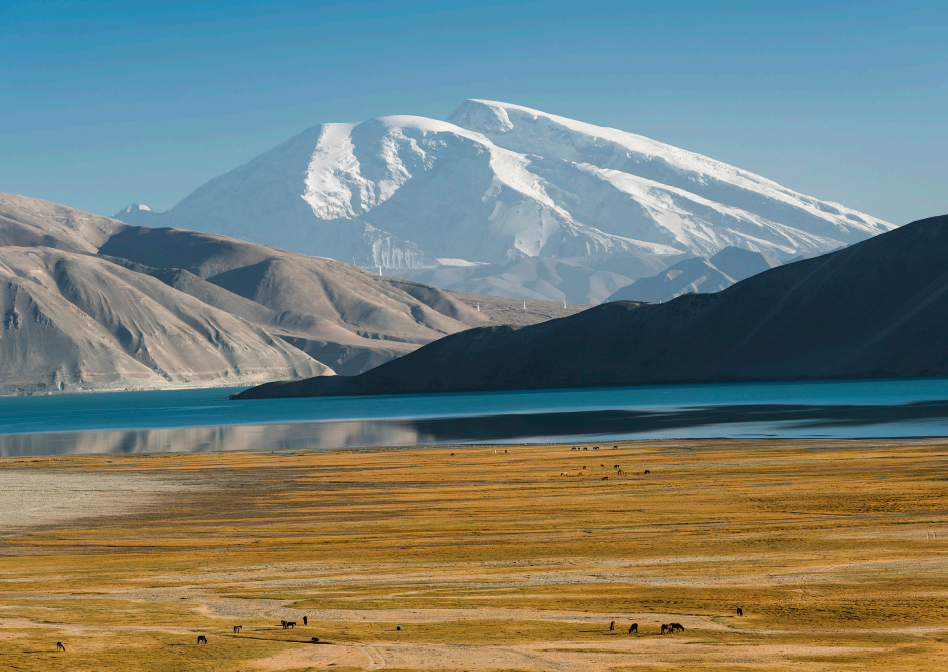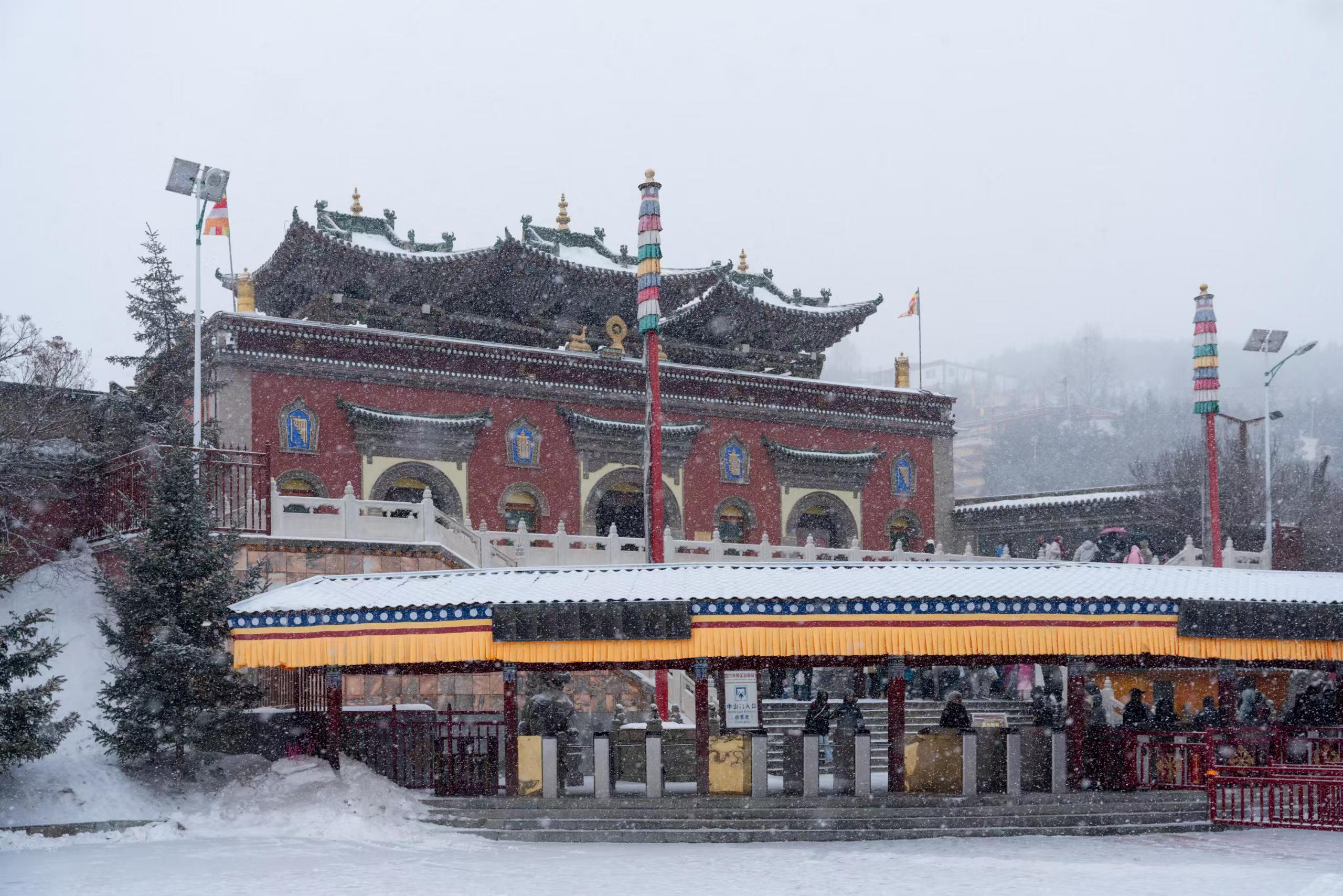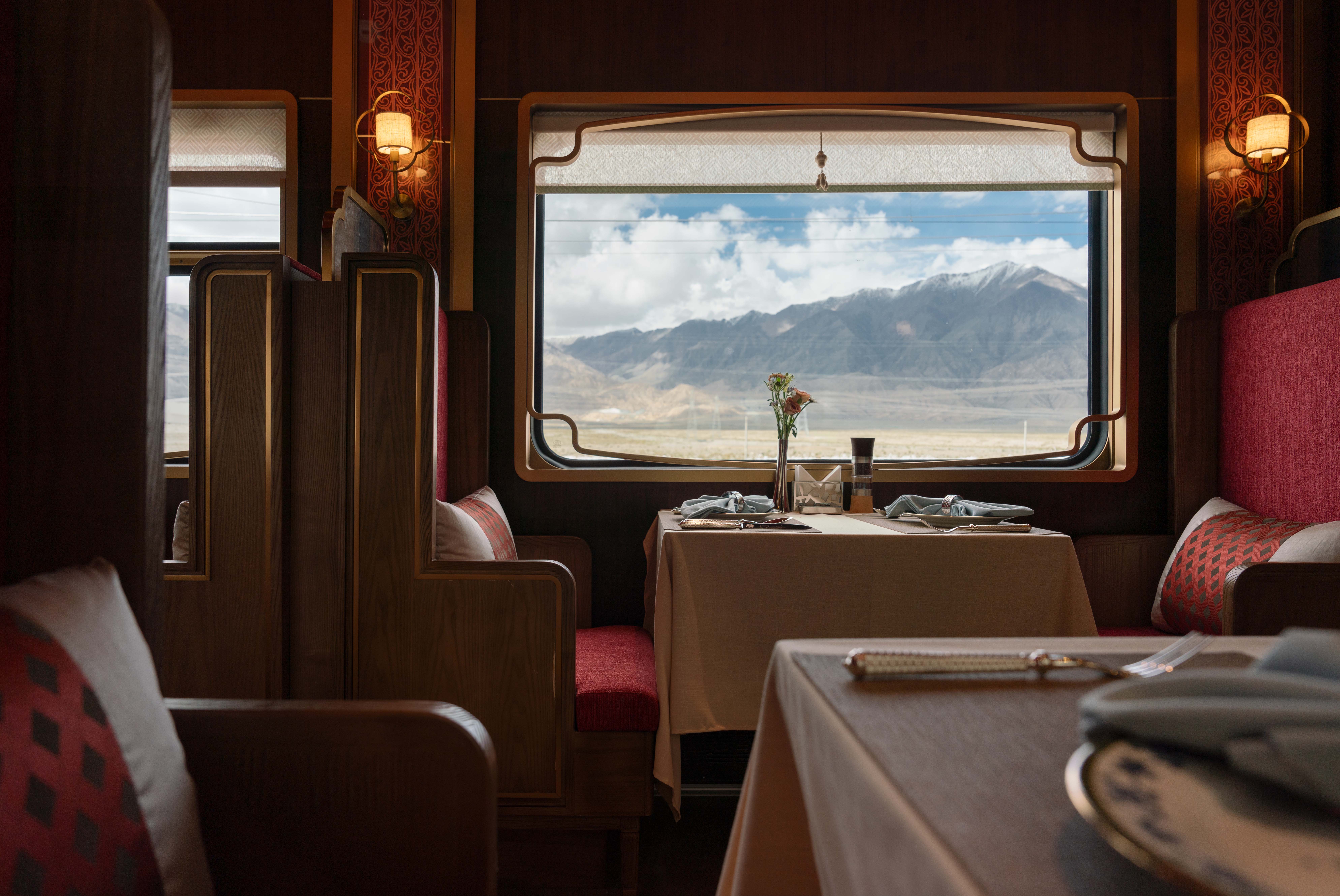Silk Road Travel Guide
Introduction
The Silk Road was an ancient network of trade routes linking China with Central Asia, the Middle East, and Europe. For more than 2,000 years, it carried silk, spices, ceramics, and precious metals across continents, while spreading religions, philosophies, and groundbreaking ideas.
In this Silk Road travel guide, you’ll discover historic highlights, must-visit destinations, and modern ways to experience this timeless journey. Today, the Silk Road continues to captivate travelers travel to china with its rich culture, desert landscapes, and stories etched into ancient cities and caravan towns.
For a detailed China Silk Road Map, including major routes and key cities from Xi'an to Kashgar, check out our complete Silk Road Map guide.

When did the Silk Road Start
The term “Silk Road” refers to a series of overland routes that originated during China’s Han Dynasty (206 BC) and expanded significantly during the Tang Dynasty. Although silk was the most famous commodity, merchants also traded tea, jade, glassware, and textiles.
Beyond commerce, the Silk Road shaped cultural development by spreading Buddhism, Islam, and Christianity. Many of its cities are now recognized by UNESCO for their archaeological and architectural value, making them popular among those who travel to china to explore ancient history.

The Ancient Silk Road
The history of the Silk Road stretches back over two millennia, forming one of the oldest and most influential trade networks between East and West. Over time, it developed into several main branches across different terrains and regions.
Northern Route
The northern route ran along the Tianshan Mountains, passing through Turpan and Hami before reaching Urumqi and Ili. From there, it connected to Central Asian cities such as Almaty and Tashkent, eventually linking trade toward Europe.
Middle Route
The middle route crossed the Hexi Corridor, passing through Wuwei, Zhangye, Jiayuguan, and Dunhuang. It served as the most active and important corridor, offering access to major oasis towns and cultural crossroads in Central Asia.
Southern Route
The southern route skirted the edge of the Taklamakan Desert, moving through Qiemo, Ruoqiang, Hotan, and Shache (Yarkant) before converging in Kashgar. From here, caravans continued toward South Asia and the Middle East via high mountain passes.
Countries Along the Silk Road
Modern travelers can trace the legacy of the Silk Road across several countries, each offering distinct cultural experiences:
China — Xi’an, Dunhuang, Turpan, Kashgar
Kazakhstan — Almaty, Turkistan
Uzbekistan — Samarkand, Bukhara, Khiva
Turkmenistan — Merv, Ashgabat
Iran — Tehran, Yazd, Isfahan
Turkey — Istanbul, Cappadocia
From ancient bazaars and ornate mosques to desert fortresses and mountain passes, these destinations preserve the spirit of the ancient route and remain ideal for luxury rail travel enthusiasts dreaming of immersive historical journeys.
Top Destinations Along the Silk Road (China)
Below are some of the most popular Silk Road stops in China:
Xi’an — Terracotta Army, Ancient City Wall, Big Wild Goose Pagoda
Zhangye — Rainbow Mountains, Mati Temple Grottoes
Jiayuguan — Jiayuguan Fortress, western end of the Great Wall
Dunhuang — Mogao Caves, Mingsha Sand Dunes, Crescent Lake
Turpan — Jiaohe Ruins, Karez Irrigation System
Urumqi — Xinjiang Museum, Heavenly Lake
Kashgar — Old Town, Id Kah Mosque, Sunday Livestock Market
How to Travel the Silk Road
Self-Drive and Road Trips
For adventurous travelers, driving along desert highways and mountain passes offers the freedom to explore remote cities, ancient ruins, and oasis towns at your own pace. This style is perfect for those who enjoy flexibility, scenic detours, and discovering hidden gems off the beaten path.Guided Overland Tours
Group tours with experienced guides provide historical context, local insights, and seamless logistics. These tours often include transportation, accommodations, and curated excursions, making it easier to navigate the vast Silk Road while learning about its rich history and culture.Cultural and Adventure Experiences
Travelers seeking immersion can focus on trekking to historic sites, visiting nomadic communities, or exploring deserts on camelback. This approach emphasizes hands-on cultural discovery and adventurous exploration, connecting more deeply with the Silk Road’s landscapes and traditions.Luxury Train Journeys
Among all travel options, luxury trains have emerged as the most comfortable and immersive way to experience the Silk Road. With private cabins, fine dining, onboard lectures, and guided excursions at major stops, these trains allow travelers to traverse vast distances in comfort while fully appreciating the history, culture, and scenic beauty of the route.
Luxury Train Travel: Silk Road Express
Traveling along the Silk Road on the Silk Road Express offers a unique blend of comfort, culture, and adventure. This luxury train tour combines the elegance of a five-star hotel with immersive experiences across historic cities and stunning landscapes. Passengers can enjoy spacious private cabins, fine dining, panoramic observation cars, and onboard lectures, allowing them to explore the grandeur of the Silk Road without the stress of long-distance transfers.

Featured Routes of the Silk Road Express
Middle Route of the Silk Road – Traverse the heart of the Silk Road, experiencing key oasis towns, desert landscapes, and historical sites.
Bustling Beginning – Explore the Silk Road’s origin cities, discovering the vibrant history of ancient trade and multicultural intersections.
Traveling Around Southern Xinjiang – Journey through southern Xinjiang, witnessing unique desert scenery, poplar forests, and Uyghur culture.
Southern Route of the Silk Road – Follow the ancient southern corridor, combining remote landscapes with cultural and historical exploration.
Each itinerary is designed to showcase historical wonders, scenic beauty, and cultural richness—hallmarks of modern luxury train services and tailored luxury train tours.
Conclusion
Whether you are fascinated by ancient trade, religious heritage, or stunning desert scenery, the Silk Road remains one of the world’s most rewarding travel experiences. From historic oasis towns to modern luxury rail vacations, this legendary route continues to inspire modern adventurers. With luxury rail travel and meticulously planned itineraries, the Silk Road offers unforgettable journeys—just as it has for centuries.







